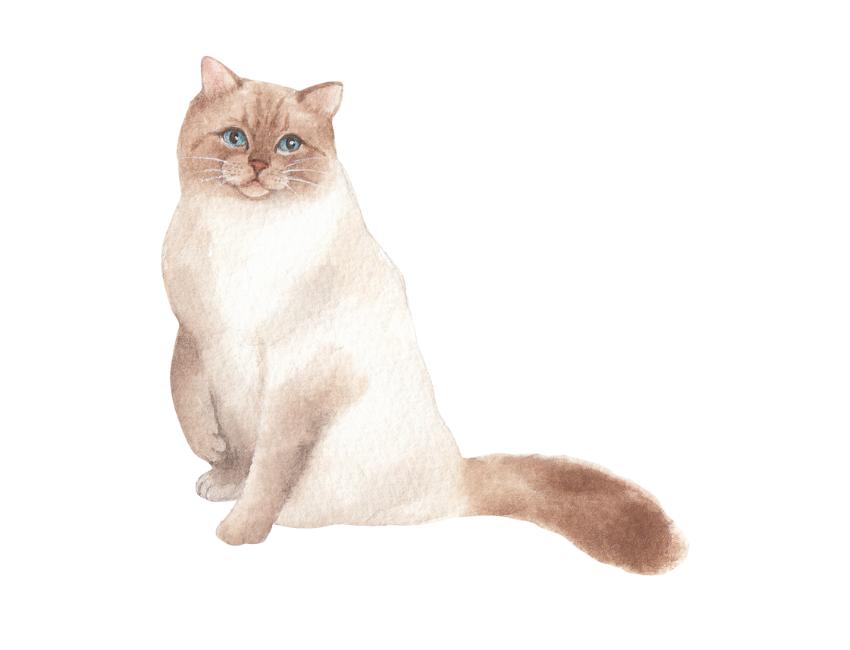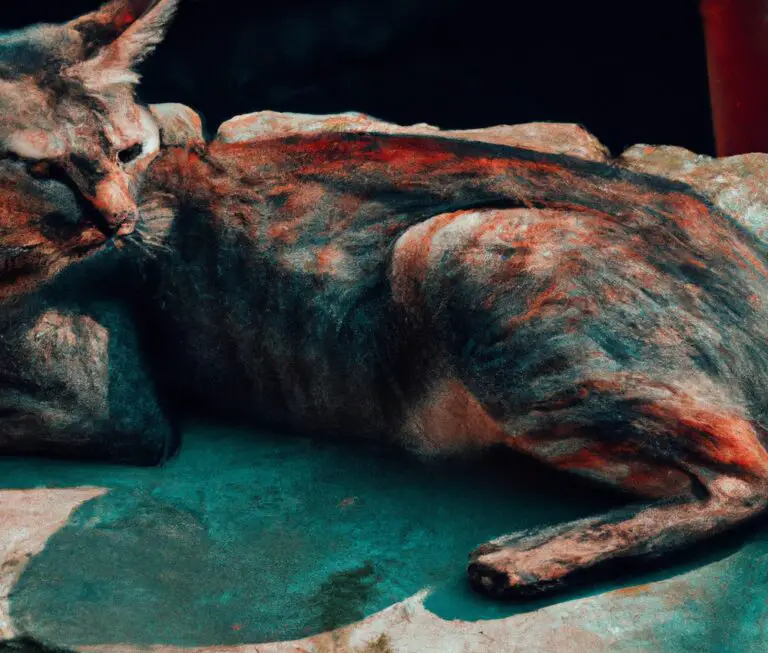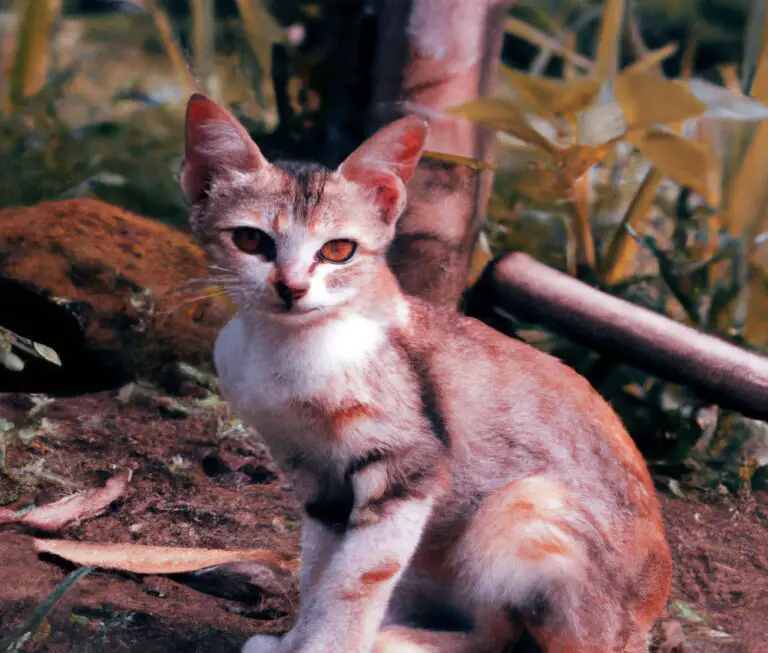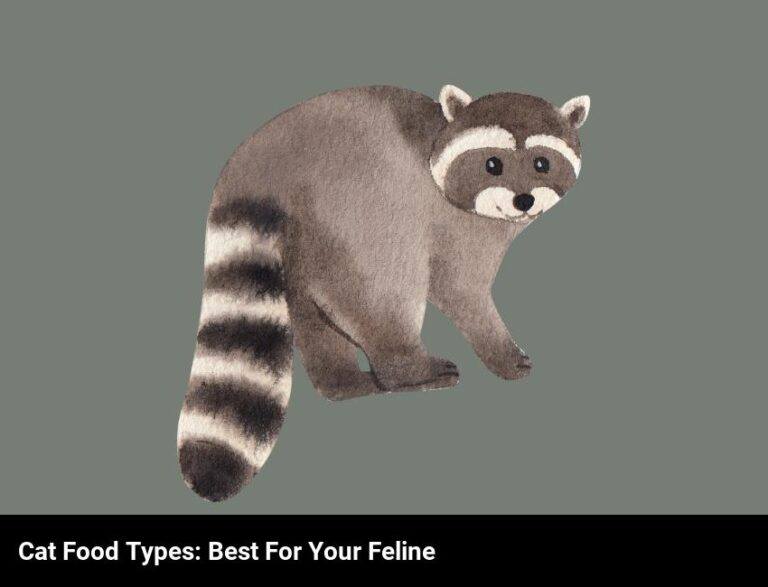The Impact Of Climate Change On Cats
Climate change is having an increasingly negative impact on cats. Rising temperatures can lead to more parasites, heat stress, and habitat loss, all of which can affect cats’ health and wellbeing. Additionally, changes to the environment can cause cats to come into contact with unfamiliar animals and diseases, leading to further threats to their health.
As a cat owner, I often think about how climate change is impacting my beloved pet. It’s hard to ignore the evidence that our planet is warming, and with it, the lives of cats everywhere are changing. From extreme weather events to new illnesses and living conditions, I’m concerned about how climate change is affecting my cat’s wellbeing.
I’m not the only one who’s worried. Many pet owners are wondering what steps they can take to protect their cats from the effects of climate change. Are there particular breeds of cats that are more susceptible? How can pet owners ensure their cats are safe from the changing climate?
In this blog, I’ll be exploring the impacts of climate change on cats, from the immediate effects to long-term risks. I’ll also be offering advice on what proactive measures can be taken to reduce the effects of climate change on cats and how pet owners can protect their cats from the current climate crisis.
What are the major effects of climate change on cats?
Climate change has a huge impact on cats, and it’s something every cat owner should be aware of. While cats may be relatively resilient to environmental changes, they are still affected by rising temperatures, changing weather patterns and extreme weather events. Understanding the major effects of climate change on cats can help you better care for your furry friend.
First, rising temperatures can make it difficult for cats to regulate their body temperatures, leaving them vulnerable to heatstroke. This is especially true for cats with underlying medical conditions or those who are overweight. During hot summer months, make sure to provide your cat with a cool and shady place to relax and plenty of water.
Second, extreme weather events – like heavy rains, floods and strong winds – can be especially dangerous for cats who spend time outdoors. If your cat goes outdoors, make sure to bring them indoors during weather warnings and provide them with a safe haven in your home.
Third, climate change can cause an increase in the number of diseases, parasites and other pests that affect cats. This includes fleas, ticks, heartworms and feline respiratory disease. Make sure your cat is up to date on their vaccinations and regularly treated for parasites, and that your home environment is free of pests.
Finally, changing weather patterns can affect cats in other ways, too. For example, changes in temperature can cause cats to become stressed and anxious, and can even lead to depression. Make sure your cat is getting enough exercise and mental stimulation, and provide them with plenty of affection and attention.
By understanding the major effects of climate change on cats, you can help make sure your feline friend stays safe and healthy in a changing world.
How can pet owners ensure their cats are safe from climate change?
As a pet owner, it’s your responsibility to ensure the safety of your cats in the face of climate change. Here are some steps you can take to protect your cats:
- Keep your cats indoors as much as possible. This prevents them from coming into contact with extreme weather conditions, such as heat waves, and reduces their exposure to diseases and pests that thrive in changing climates.
- Make sure that your cats have access to fresh, clean water and food at all times. This can help to ensure that they remain hydrated and well-nourished in the face of changing temperatures.
- Monitor your cats for signs of heat exhaustion or other climate-related illnesses. This includes heavy panting, drooling, or lethargy. If you notice any of these signs, take your cat to the vet for further care.
- Ensure that your cats have access to a cool, shaded area in the summer months. This can help to keep them safe from the heat and prevent any serious health issues.
- Provide your cats with plenty of toys and activities to keep them occupied. This can help to reduce their stress levels and keep them mentally stimulated.
By following these steps, you can help to ensure that your cats stay safe and healthy in the face of climate change. Remember, as a pet owner, it’s your responsibility to ensure their safety and well-being.
What are the symptoms of climate change-related illnesses in cats?
Climate change affects cats, as well as humans, in a variety of ways. One of the most concerning is the increased risk of climate change-related illnesses in cats. So, what are the symptoms of climate change-related illnesses in cats?
The most common symptom of climate change-related illnesses in cats is respiratory distress. This can manifest in a variety of ways, including difficulty breathing, wheezing, and coughing. If your cat experiences any of these symptoms, it is important to take them to the vet right away.
Heat stress is another symptom of climate change-related illnesses in cats. This is especially common in cats that spend a lot of time outdoors, as their fur does not offer the same protection from the sun that humans’ skin does. If you notice your cat panting excessively or seeking out shady spots, it may be a sign that they are experiencing heat stress.
Climate change can also lead to an increase in certain parasites, such as fleas and ticks, as well as diseases transmitted by these parasites. If you notice your cat scratching or biting excessively, it may be a sign of an infestation. Additionally, if your cat is displaying any of the common signs of an infectious disease, such as fever, lack of appetite, or fatigue, it may be a sign that they have contracted a disease transmitted by a parasite.
Finally, if your cat is exhibiting any unusual behavior, such as lethargy or aggression, it may be a sign that they are suffering from a climate change-related illness. It is important to take your cat to the vet right away if you notice any of these signs.
By staying alert to the symptoms of climate change-related illnesses in cats, you can help ensure that your furry friend stays healthy and safe.
How does the current climate crisis impact cats’ living conditions?
You may not have considered the effects of climate change on cats, but the truth is that it has a profound impact on their living conditions. Here’s how:
- Loss of habitat: With temperatures rising, cats may be forced to move in search of cooler climates and more suitable habitats. This can mean being separated from their existing social groups, leading to increased stress levels.
- Changes in food availability: A changing climate can also cause shifts in food availability, as certain habitats may become too warm or dry for cats to thrive. This can lead to malnutrition and other health problems.
- More disease: Some diseases, such as feline immunodeficiency virus, are more likely to be transmitted in warm and dry climates. As temperatures increase, cats may be more prone to these diseases.
- Increased stress: Cats are naturally territorial creatures, so a change in climate can cause a great deal of stress. Stress can lead to behavioral issues, such as aggression or withdrawal, that can make it difficult for cats to adjust to their new environment.
- Heatstroke: High temperatures can also be dangerous for cats. Heatstroke, which can occur when cats are exposed to extreme heat, can be fatal if left untreated.
Climate change is a serious issue that has far-reaching consequences for cats, as well as other animals. Taking steps to reduce the impact of climate change is essential to ensure a better future for all cats.
How do extreme weather events affect cats?
Do extreme weather events affect cats? Absolutely! Changes in climate patterns can have a huge impact on cats and other animals. Here are three key ways extreme weather events can affect cats:
- Increased Temperature: With increasing temperatures, cats may be more prone to heat stroke and dehydration. Ensure your cat has plenty of water and a cool place to rest in warm weather.
- Changes to Food Sources: Changes in weather can lead to changes in food sources for cats. For example, flooding can reduce the availability of small prey, leading cats to rely more on their owners for food.
- Increased Risk of Disease: Extreme weather conditions can also increase the risk of cats developing certain diseases. For example, cats that live in areas prone to flooding may be more likely to carry parasites and other diseases.
These are just a few of the ways extreme weather events can affect cats. It’s important to remember that changes in climate patterns are happening all over the world, so it’s important to be aware of potential risks and take steps to protect your cats.
Are there particular breeds of cats that are more susceptible to climate change?
Yes, certain breeds of cats are more vulnerable to the effects of climate change. Siamese cats, Himalayan cats, and Norwegian Forest cats are especially susceptible to high temperatures and humidity.
Siamese cats, in particular, are particularly vulnerable to extreme temperatures and humidity. They are a short-haired breed, and so don’t have much insulation from the heat. As a result, they may overheat quickly, leading to dehydration and other health issues. Himalayans and Norwegian Forest cats also have thinner fur than other breeds, so they too are more susceptible to the heat when temperatures soar.
When it comes to cold weather, long-haired cats are most at risk. Persian cats and Maine Coon cats are two breeds that struggle in low temperatures. Unlike their short-haired counterparts, their thick fur can actually work against them when the temperature drops. The fur traps the cold air close to their skin, making them more vulnerable to hypothermia and other cold-related illnesses.
It’s important to remember that all cats, regardless of breed, can be affected by extreme temperatures and humidity. To keep your cat safe, it’s important to provide them with a safe, comfortable environment. Make sure they have access to plenty of fresh, clean water and shade to help them keep cool in hot weather. In cold weather, providing your pet with a warm, comfortable bed and a few extra blankets can help keep them warm and safe.
Overall, certain breeds of cats are more susceptible to the effects of climate change. Taking the proper steps to keep your cat safe from the elements is essential to keeping them healthy and happy.
What proactive measures can pet owners take to protect their cats from climate change?
As pet owners, there are several proactive steps you can take to protect your cats from the impact of climate change.
One of the most important things you can do is to ensure your cats are microchipped, and that their contact information is up to date. This can help reunite you with them in the event of extreme weather, such as storms or floods.
If you live in an area which is prone to extreme weather, you should make sure your cat is kept indoors as much as possible. This will reduce their chances of encountering dangerous elements, such as hazardous debris or rising water levels.
It’s also important to keep your cats well-hydrated, as extreme heat can lead to heat stroke and other health issues. Make sure you have plenty of water available for them, and that you keep their water bowl filled throughout the day.
You should also consider investing in a climate-controlled environment for your cats. This could be something like a screened-in porch or a pet run with a roof and walls. This will help to protect them from the elements, and provide them with a safe and comfortable place to enjoy the outdoors.
Finally, you should pay close attention to the changing climate conditions in your area and be aware of potential dangers to your cats. Keep an eye out for extreme weather warnings, and make sure your cats are safe if such a warning is issued.
By taking these proactive steps, you can help ensure your cats are protected from the impact of climate change.
What steps can people take to reduce the effects of climate change on cats?
You can make a difference in reducing the impacts of climate change on cats! Here are some steps you can take:
First, reduce your own carbon footprint as much as possible. This could include things like driving less, taking public transportation, and purchasing sustainable and energy-efficient products. These actions can help reduce emissions and ultimately help protect cats and their habitats.
Second, spread the word about the importance of cat conservation. Talk to friends, family, and coworkers about the effects of climate change on cats and the importance of taking action. You can also help support organizations that are working to protect cat habitats and fighting against climate change.
Third, get involved in local cat conservation efforts. Many organizations have volunteer programs that help protect cats and their habitats. Whether it’s planting trees, removing invasive species, or participating in beach cleanups, your efforts can help make a difference for cats in your area.
Finally, look for ways to help cats adapt to climate change. This could include providing food and water sources, building shelters, and providing access to shade and other resources. By helping cats adapt to their changing surroundings, you can ensure they will continue to thrive in the future.
By taking these steps, you can do your part in reducing the effects of climate change on cats. Together, we can ensure cats will be around for generations to come.

Frequently Asked Questions
How is rising temperatures affecting cats?
Rising temperatures are having a negative impact on cats. With hotter weather, cats can suffer from dehydration, heat exhaustion, and even heat stroke. Additionally, higher temperatures can also reduce their activity levels due to lack of energy. This can lead to an increased risk of obesity, as cats are less likely to get the physical exercise they need.
Is there an increase in cat diseases due to climate change?
Yes, climate change is affecting the health of cats. As temperatures rise, cats may be more exposed to certain diseases, such as fleas, ticks, and parasites. Higher temperatures can also put cats at greater risk of dehydration, heatstroke, and other illnesses. With climate change, we may see an increase in diseases in cats.
How can we create safer habitats for cats in a changing climate?
We can create safer habitats for cats in a changing climate by ensuring they have access to resources like food and water, providing them with shelter, and connecting them with other cats in the area. To protect cats from extreme temperatures, we can provide them with cool and shady spots and encourage people to spay and neuter their cats to prevent populations from getting out of control. Additionally, we can support local conservation efforts and wildlife organizations to help protect cats in their natural habitats.
What are the long-term consequences of climate change on cats?
Climate change is having a long-term impact on cats, with potentially devastating consequences. Cats may face reduced food sources and habitats, increased competition for resources, and even extinction due to rising temperatures and changing weather patterns. In addition, cats may also be more vulnerable to disease, parasites, and predators. By understanding the effects of climate change on cats, you can help protect them now and in the future.
How can we help cats adapt to the changing environment?
We can help cats adapt to the changing environment by taking steps to make their habitats more climate-friendly. This includes providing adequate shelter, food, and water sources, and making sure cats have plenty of access to green spaces. Additionally, we can work to reduce the impact of climate change on cats by proactively managing the health of cat populations and reducing pests and diseases.







